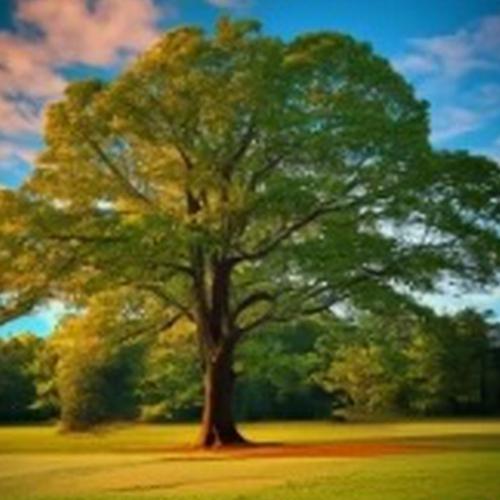Size and Shape
The Southern Live Oak, Georgia's official state tree, is a magnificent species known for its impressive size and distinctive shape. These majestic oaks can reach heights of up to 65 feet and have a broad canopy with a spread of 60 feet or more.
Their thick, gnarled branches and low-hanging limbs give them a unique and instantly recognizable appearance. The tree's rugged trunk, covered in a rough, dark gray bark, adds to its charm. Its size and shape make it a symbol of strength and endurance, embodying the spirit of Georgia's natural beauty.
Their thick, gnarled branches and low-hanging limbs give them a unique and instantly recognizable appearance. The tree's rugged trunk, covered in a rough, dark gray bark, adds to its charm. Its size and shape make it a symbol of strength and endurance, embodying the spirit of Georgia's natural beauty.
Leaves and Acorns
Leaves and acorns are integral components of the Southern Live Oak, Georgia's cherished state tree. The leaves are typically evergreen, boasting a glossy dark green hue and a leathery texture. They provide vital shade in Georgia's hot summers.
Acorns, on the other hand, are the tree's seed of life, with a signature ovoid shape. Each acorn holds the potential for a new oak tree to flourish. The Southern Live Oak's leaves and acorns are not only a symbol of the tree's strength but also play a crucial role in the state's ecosystem, supporting local wildlife and contributing to the tree's cultural significance.
Acorns, on the other hand, are the tree's seed of life, with a signature ovoid shape. Each acorn holds the potential for a new oak tree to flourish. The Southern Live Oak's leaves and acorns are not only a symbol of the tree's strength but also play a crucial role in the state's ecosystem, supporting local wildlife and contributing to the tree's cultural significance.
Adaptations to Georgia's Climate
The Southern Live Oak (Quercus virginiana) exhibits remarkable adaptations to Georgia's diverse climate. These trees offer excellent shade during Georgia's hot summers. Their evergreen leaves, designed to withstand both humid summers and mild winters, help maintain the tree's vibrant appearance year-round. The acorns provide a vital food source for local wildlife. These adaptations not only make the Southern Live Oak an iconic part of Georgia's landscape but also a critical component of the state's ecosystem.

